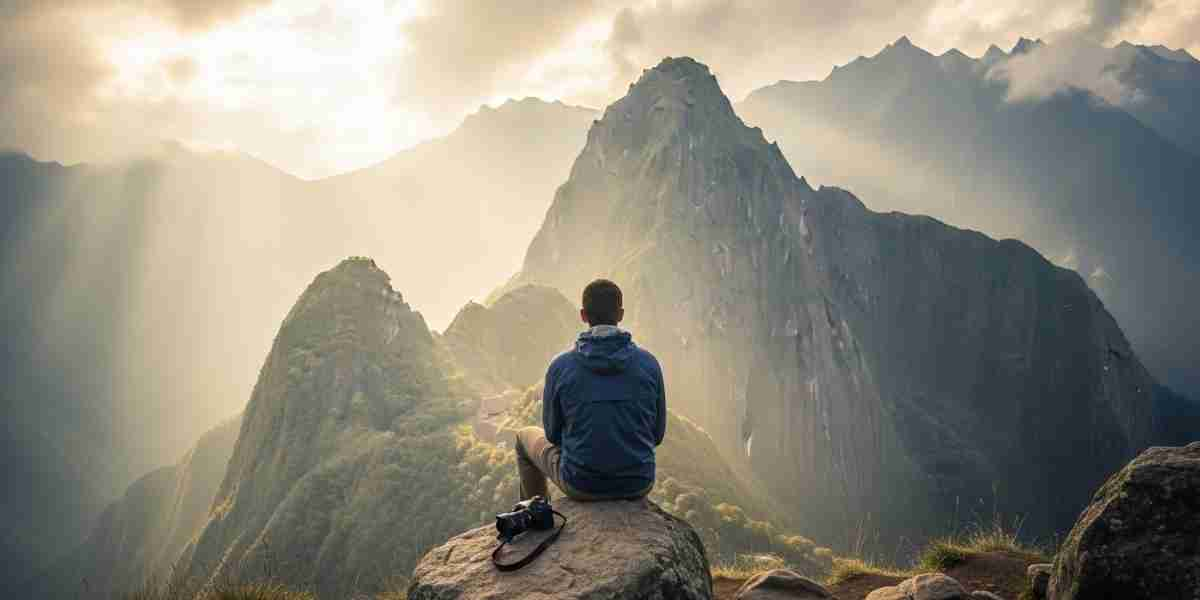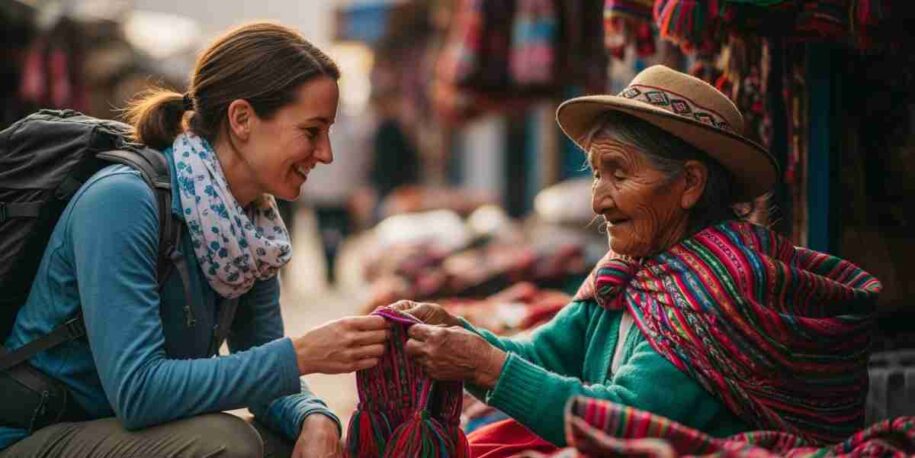There’s a moment that happens on almost every trek in the Andes. We’ve just crested a ridge, the air is thin and crystalline, and a valley unfolds below us—a patchwork of impossible greens dotted with stone houses and grazing alpacas. The collective gasp is audible. Almost immediately, the phones and cameras come out. The clicking starts. It’s an understandable, almost primal, urge: to capture, to hold, to prove “I was here.” But in that frantic moment of capturing, I often wonder: are we truly seeing?
In an age of digital streams and fleeting posts, this question has become central to the experience of travel. The conversation around the ethics of travel photography isn’t about shaming anyone for taking a picture; it’s a deeper invitation to consider our intent. Are we collectors of images, ticking off a visual checklist? Or are we seeking a connection, a story, a moment of genuine exchange where a photograph becomes a beautiful byproduct, not the primary goal? This distinction is everything, especially in a land as culturally rich and visually stunning as Peru.
The Tourist’s Gaze vs. The Traveler’s Eye
There’s a concept in sociology called «The Tourist Gaze.» It describes the act of seeing a place through a lens of preconceived notions, consuming it as a spectacle. It’s passive. It looks at the vibrant traditional clothing of a woman in a Chinchero market and sees a colorful object. It frames the mountains around Machu Picchu and sees a backdrop for a selfie.
The Traveler’s Eye, however, is different. It’s active, curious, and empathetic. It sees the weaver in Chinchero and wonders about the story behind the patterns, the hours of work in her hands, the generations of knowledge passed down. It looks at the mountains and feels their presence, understanding them as sacred Apus, powerful deities in the Andean cosmovision. The Gaze takes a picture. The Eye receives one, often after a moment of connection has already been made.
The difference lies not in the camera, but in the heart. It’s the pause before raising the lens. It’s the decision to experience the sunrise over the Sun Gate first with your own eyes, letting the emotion wash over you, before attempting to translate that feeling into pixels.

From Subject to Story: Photographing People with Dignity
Nowhere is this distinction more critical than when photographing people. The Andes are home to vibrant Quechua communities, whose warmth and resilience are as captivating as the landscapes. It can be tempting to snap a quick, candid shot of a child with rosy cheeks or an elder with a face etched by time and wisdom. But we must ask ourselves: what is the power dynamic at play?
A photograph taken without consent, no matter how artful, becomes an act of consumption. It turns a human being, with their own life and story, into a piece of scenery. True connection—and truly powerful photography—begins with interaction.
💡 An Expert’s Perspective: The Power of a Simple Greeting
Our most experienced guides will tell you that the best tool for photography isn’t a fancy lens, but a few words of Quechua. A simple «Allinllachu?» (How are you?) or «Sulpayki» (Thank you) can transform a transaction into an interaction. Buying a small craft, complimenting a piece of weaving, or simply smiling and waiting to be acknowledged opens a door. When you then gesture to your camera and ask, «May I take your picture?» the response is rarely a simple yes or no. It’s a shared moment. The resulting portrait is no longer a stolen image, but a collaboratively created memory.
A Practical Framework for Mindful Photography in Peru
Shifting your mindset is the first step. But how does that translate into action on the trail or in a bustling Cusco market? It’s about building a practice of awareness, a habit of seeing differently before you even think about your camera settings. This approach not only ensures you practice sustainable tourism but also dramatically improves the quality and emotional depth of your photos.
Before You Raise the Camera: A Mental Checklist
- Ask «Why?»: What is drawing me to this scene? Is it the light, the emotion, the story? Identifying your «why» moves you from snapping to storytelling.
- Engage First, Shoot Second: If your subject is a person, make eye contact. Smile. Have a conversation, even if it’s just through gestures. The photograph should be the end of an interaction, not the beginning.
- Seek Permission Explicitly: This is non-negotiable, especially with children. A nod and a gesture toward your camera is the bare minimum. Be prepared and gracious if the answer is no. Their story is not yours for the taking.
- Consider the Context: Are you at a sacred site, a religious ceremony, or a private home? Some moments are not meant to be photographed. Putting the camera away is often the most respectful and rewarding thing you can do.
- Offer Reciprocity: In many markets, the local people are there to make a living, not to be models. If you are taking portraits, it’s a kind and ethical gesture to purchase something from them. This changes the dynamic from taking to a fair exchange.
🛡️ Our Commitment to Respectful Experiences
This philosophy is woven into the fabric of every journey we design. We believe that true adventure is about connection, not consumption. Our guides are trained to be cultural liaisons, helping you navigate these nuances with grace and respect. They create space for genuine interaction with the local communities we partner with, ensuring that our presence is a positive and welcome one. We see this as a core part of our responsibility—ensuring our travelers leave Peru not just with beautiful photos, but with a deeper understanding and appreciation for the culture that created them.
Your Photos as a Bridge, Not a Barrier
Ultimately, a photograph is a memory. When you look back at your images from Peru, what do you want to remember? The stress of getting the perfect, anonymous shot? Or the warmth of the smile from the potato farmer after you shared a laugh? The memory of the weaver’s hands as she explained the meaning of a pattern?
When practiced with intention and respect, photography can be a powerful bridge. It can deepen your observation, encourage you to learn, and forge connections that transcend language. It can be a celebration of a shared moment of humanity. The next time you feel that urge to raise your camera to the wonders of Peru, take a breath. Look with your own eyes first. Connect with your heart. The picture you receive in return will be infinitely more valuable than any image you could ever just take.
These are the kinds of authentic trekking experiences that change us, creating stories that last long after the Instagram post has been buried in the feed.
Begin Your Journey of Mindful Discovery
Planning a trip to a place as profound as Peru brings up important questions about how to travel responsibly and authentically. It’s a sign that you are a conscious traveler, and that’s precisely who we love to guide. If you’re ready to explore the Andes in a way that is respectful, deeply immersive, and logistically seamless, we’re here to help craft that journey.
Let’s start a conversation about what a truly meaningful adventure looks like to you. We’ll handle the details, so you can focus on the moments that matter.

